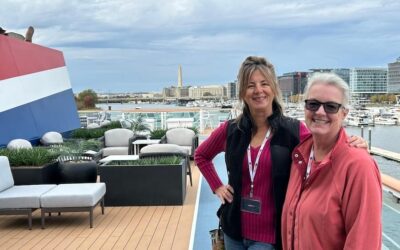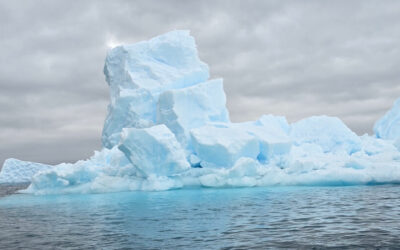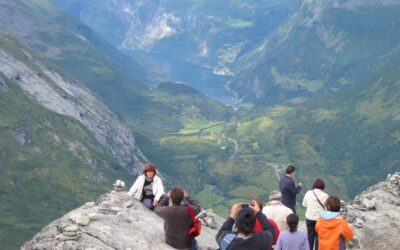Expedition Cruising
By Heidi Sarna & Ted Scull.
The QuirkyCruise duo had an e-interview with Ben Jackson, co-founder of the Expedition Guide Academy (EGA), discussing the burgeoning expedition cruising scene and the inherent challenges of sourcing and training competent, professional guides that come along with the boom.
With 120+ trips in the Polar Regions, New Zealand-based expedition guide Ben Jackson has an intimate knowledge of the Antarctic Peninsula, Greenland and Svalbard and a passion for teaching and instructing. Working as an educator, instructor and guide for 20 years, for the past decade Ben has worked extensively in the Polar Regions as a kayak guide, zodiac driver, lecturer and expedition leader. He holds a degree in Outdoor Education and Adventure Recreation.
Ben co-founded the EGA with Denmark-based Pernille Søegaard, a Senior Polar Guide who has a degree in Anthropology and has worked as a guide and instructor for 12 years, with some 80+ trips under her belt. Australia-based Graham Snow is an additional instructor for the EGA.
The trio are passionate about teaching, training and empowering companies and guides through knowledge and skills.

Ben Jackson and expedition staff member Jens Wikström making plans for an upcoming excursion. * Photo: Ben Jackson
QuirkyCruise: Why did you start an expedition guiding academy?
Ben Jackson: The Expedition Guide Academy was established in 2018. It came into being because Pernille and I, as experienced expedition staff, identified a need that isn’t being met.
The expedition industry is currently going through its biggest ever period of growth and is scrambling for experienced, competent and professional guides.
We’re already seeing increasing pressure on the industry and on operators from a human resources perspective. It’s already reaching a point where we’re seeing less experienced or inexperienced staff entering operations more and more. In the past, this has been manageable due to the high level of experience and knowledge within the guiding teams. It was possible to pass on learning in the field, but this model is struggling.
Staff experience, skill and expertise are starting to become diluted as fleets grows. In the past, a strong guide team could carry new staff while they got up to speed. This is becoming more and more difficult due to the pressures on teams and operations.
We’re also seeing more discerning travellers on expedition ships. The guests are typically very well-travelled and have clear expectations for their trip. They know a good guide when they see one.
With all the investment in ships, operators are going to have to pay close attention to the quality of their guides as it’s the guides who shape experience and set the tone for the voyage.
The reality is that with the introduction of 25+ new ships into the fleet we’re going to see a real crunch when it comes to quality guides. From a pure risk perspective, companies, staffing managers and expedition leaders are going to need to be very careful about who they’re putting in the field. (Read Quirky’s overview of the 25 expedition ships coming on line in the next few years.)
Staff need to be equipped with the right training so they can make safe, educated and justifiable decisions in the field. From an insurance and litigation point of view, the old school thinking isn’t going to cut it. As the industry grows, so does the need for specially trained, professional guides.
Until now, there hasn’t been anywhere to go to develop the skills required beyond learning on the job.
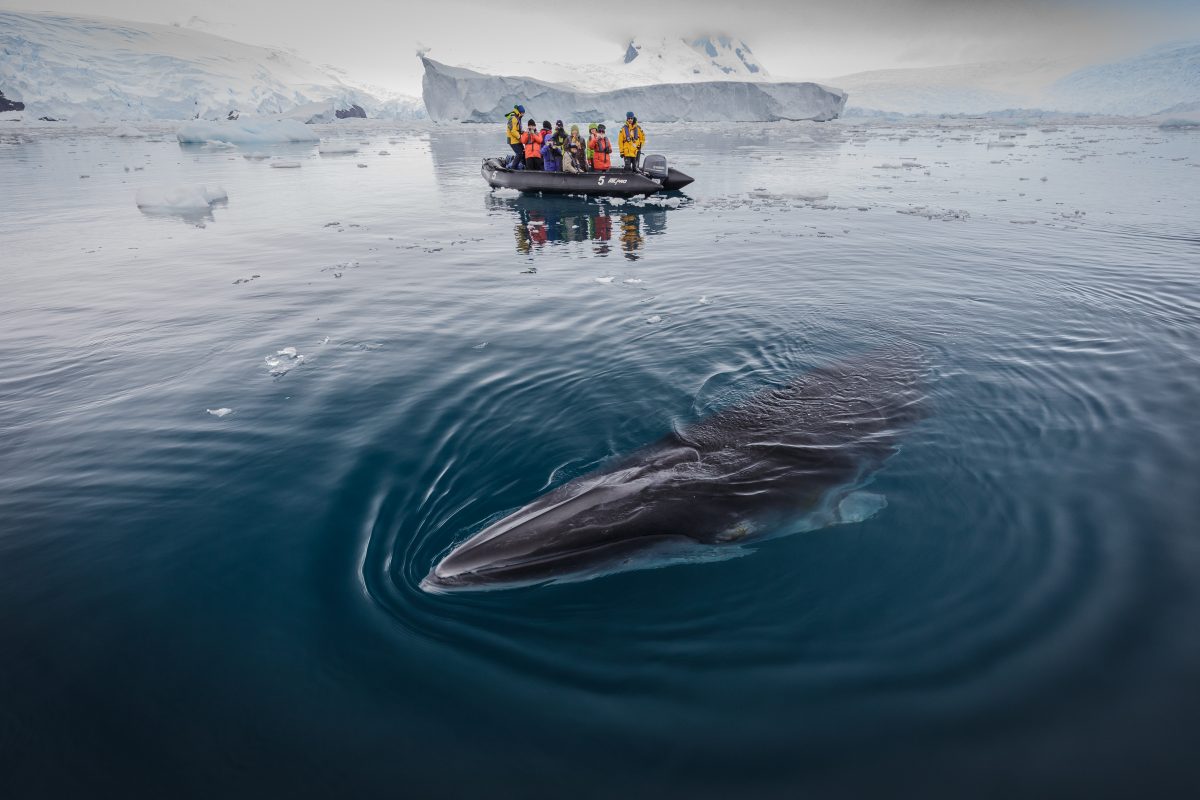
Operating a Zodiac safely and respectfully around whales and other wildlife requires many skills. * Photo: Ben Jackson
QuirkyCruise: Are you connected to the Polar Tourism Guides Association (PTGA)?
Ben Jackson: The PTGA is currently the only body to provide a transparent and universal set of qualifications that are specific and relevant to the expedition cruise industry. I am a certified Senior Assessor for the PTGA
At the EGA, we utilise some of the PTGA frameworks for assessments and qualification. In other words, the EGA’s courses align with the universal qualifications the PTGA has designed, though I’ll point out that both the EGA and PTGA are independent entities.
(Click here to learn more about the PTGA.)
QuirkyCruise: Tell us about the polar guiding courses you offer.
Ben Jackson: We design and deliver a customised series of courses to cover the core elements of professional guiding, to suit both individuals and companies. Despite a strong polar focus, these skills aren’t only limited to the higher latitudes, and apply to warm-weather expedition destinations as well.
Aside from some snow and ice specifics, most of our courses are relevant and applicable throughout the industry and around the globe. Field safety (situational awareness and risk management), guiding essentials (radio communication and navigation), and zodiac driving are as essential in the Amazon, British Isles or Galapagos as they are in the polar regions.

The student is practicing rope handling and throw bagging skills for Zodiac driving and sea ice landings. * Photo: Ben Jackson
QuirkyCruise: Who was offering courses like this before you guys came along?
Ben Jackson: Historically, companies have embarked on in-house training initiatives that are designed to fit in around regular operations. Often, they can be simple box ticks for standard operating procedures (SOP’s); for example, starting an engine, checking inflation values and maneuvering a Zodiac to the gangway.
Sometimes there’s the ability to add some additional depth to develop guides. Some larger operators have more formalised induction and training, but primarily it’s informal and opportunistic.
QuirkyCruise: Where are the courses offered?
Ben Jackson: One of our training bases is Vindekilde, Denmark (just outside Copenhagen). It’s a geographic hub for Arctic operations with staff heading to Svalbard through Oslo and Greenland/Iceland from Copenhagen. Our campus is beachside and has the perfect infrastructure for hosting and running our courses.
We also offer training based out of Hokitika in New Zealand and are currently exploring options in South Australia, Argentina and Victoria (BC, Canada).
Having staff up-skilled and refreshed en route to their next assignment allows us to deliver focused training pre/post season and simplifies logistics for expedition cruise companies.
We can also deliver specific courses “in situ” — for instance, staff can be trained during an expedition cruise or while the vessel in port for the day. We also deliver programs for companies when they gather staff for guide conferences and annual meetings.
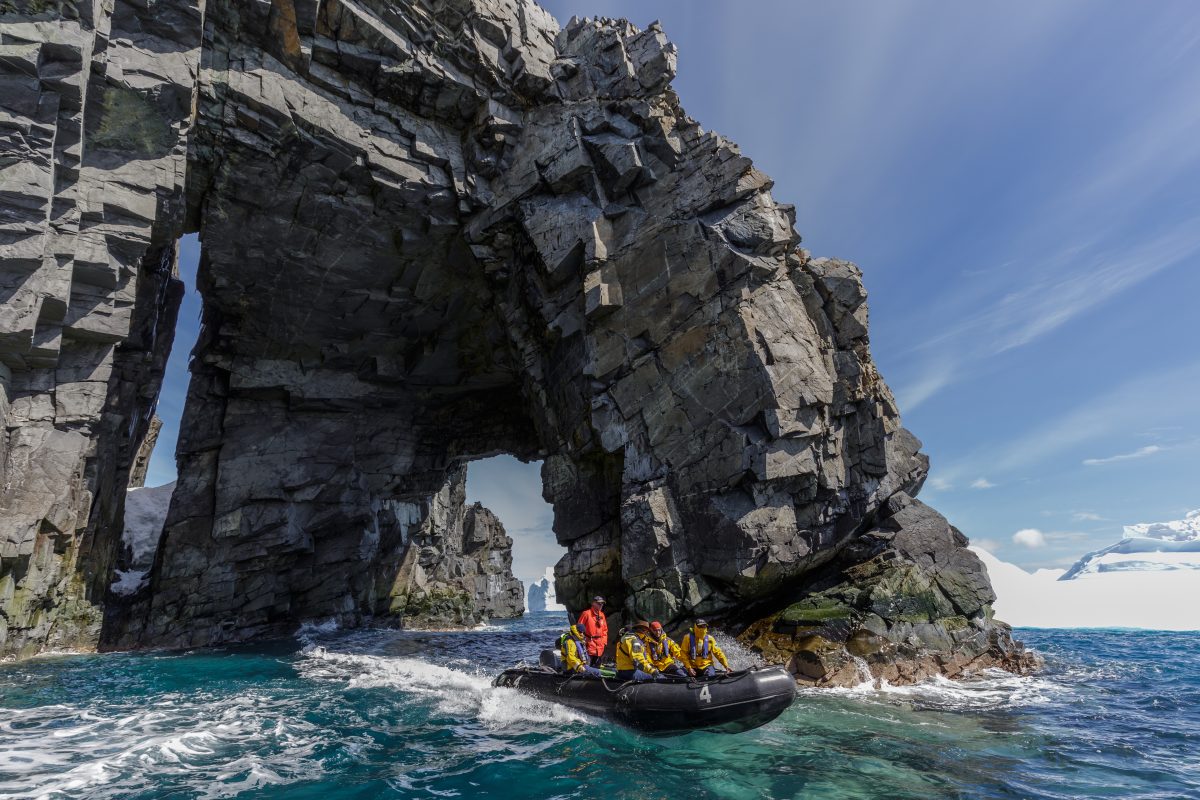
Advanced Zodiac driving is a course offered by the EGA . * Photo: Ben Jackson
QuirkyCruise: Are your clients the expedition lines sending their guides for training? Or are your clients individual guides willing to do this on their own?
Ben Jackson: Our clients are a combination of both. Expedition operators send their guides for training and up-skilling. This can be a pre-season refresh, or if they’re looking to add additional skills and knowledge to the team. We also cater to individuals looking for the same, both established guides and newbies.
We’re seeing an increase in the number of individuals seeking training so that they can join the expedition cruise industry as guides. Historically, it has been hard to join the industry because training simply hasn’t been available.
One of our biggest requests is for Zodiac and small boat training that is used for day-to-day operations.
Our core courses range from US$169 per person to US$699 per person depending on the content and duration. We’re currently designing a full guide course that will be 6 days long with costs to be confirmed.
Dependent on the individual needs, we’re able to customise the delivery of the course, with accommodation and catered meals available.

Zodiac training course. * Photo: Ben Jackson
QuirkyCruise: What do you want to achieve by the end of 2019? In 5 years? 10 years?
Ben Jackson: That’s an excellent question. By the end of 2019, we want to cement our place as the leading training provider for the industry. We’re currently in discussion with a few companies who have identified the challenges of a small quality guide pool and growing fleet.
In the medium term, we want to solidify our training locations in North and South America, Europe and Australasia. We’re looking at expanding our instructor and assessor pool which will be key. Having EGA doing staff training for companies allows for structured, focused and consistent training, and this is of great value for money in the long run.
The quality and content of our courses are one of our strengths, and this will be in front of mind as we move forward.
QuirkyCruise: What are the main challenges facing polar tourism?
Ben Jackson: Growth and climate change.
Guests are seeking to step into the wild and off the beaten path. Increasingly, this will become harder and harder to do.
In the Antarctic, we’re already looking at lots of traffic in the Southern Gerlache Strait. Not only does this put pressure on the limited number of landing sites, but it begins to affect the wilderness experience of passengers.
Similarly, in the Arctic, we see increased traffic in areas such as Svalbard. The difference being, you have a greater ability to spread out and explore different sites.
In Svalbard, we encountered a problem this past season with the distance to the pack ice in the north. With the ice edge sitting close to 82 N, it meant that many voyages were staying south around the archipelago.
The likes of the International Association of Antarctica Tour Operators (IAATO) and Association of Arctic Expedition Cruise Operators (AECO) have identified the growth of the industry as a significant potential impact on the environment and are working with the industry for ways to mitigate this issue.
As noted earlier, growth and human resources will be a significant challenge facing the expedition cruise industry, not just in the polar regions, but globally.
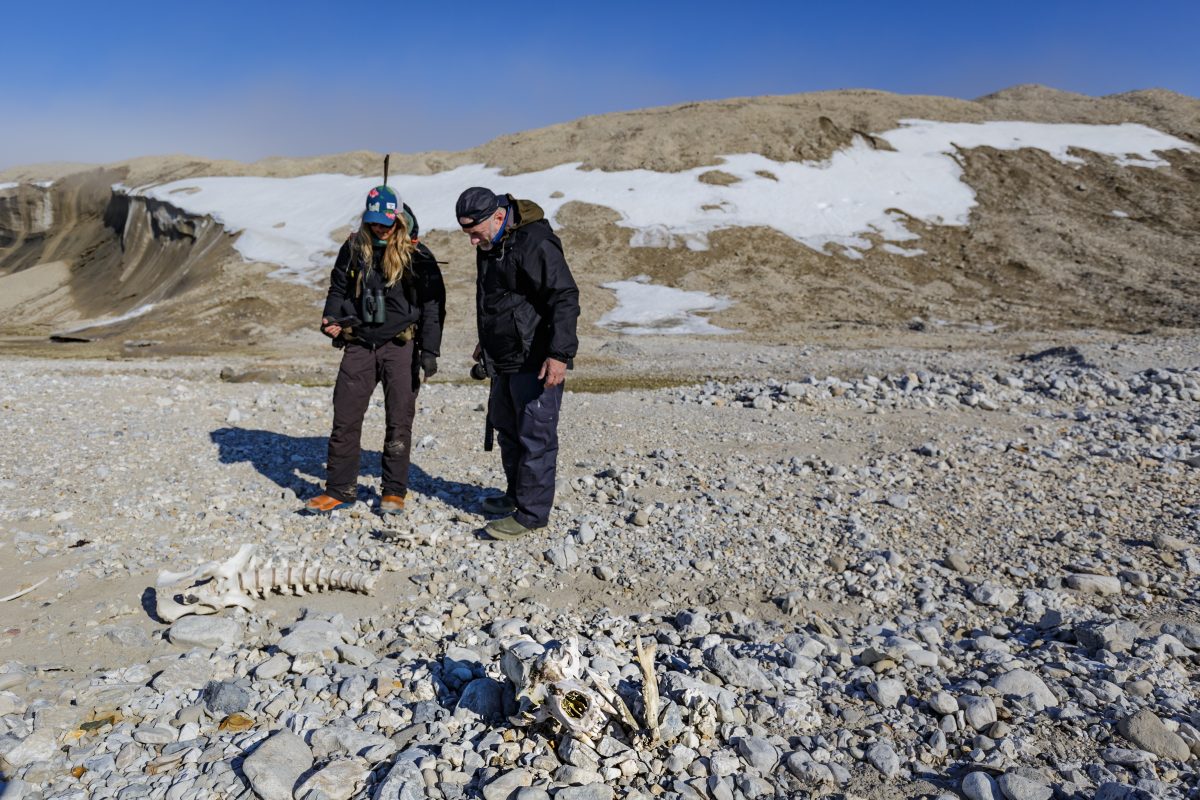
Pernille is looking at a polar bear skeleton with a passenger in Nordaustlandet in north-east Svalbard. * Photo: Ben Jackson
![]()
🤩 QuirkyCruise.com is sharing the small-ship love ❤️ with our quarterly giveaways! ENTER here to win a 7-night Danube River cruise for 2 with CroisiEurope Cruises, round-trip from Vienna, Austria. WOW! Includes all onboard meals and wine/drinks, plus daily excursions. Contest ends March 30, 2019, enter today!
Don’t miss a post, subscribe to QuirkyCruise.com for monthly updates!
© This article is protected by copyright, no part may be reproduced by any process without written permission from the author. All Rights Reserved. QuirkyCruise.com.

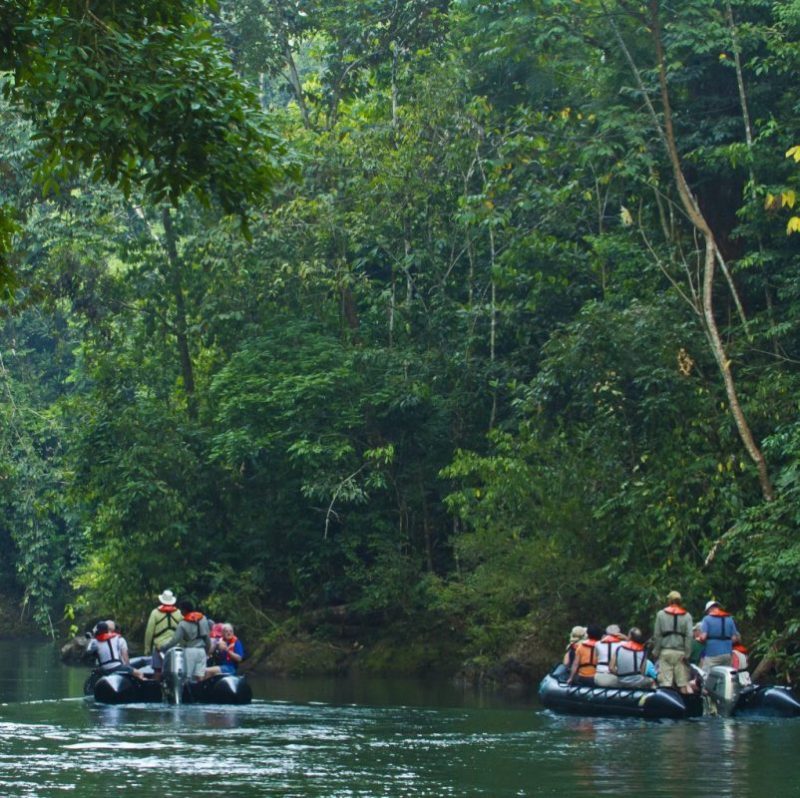
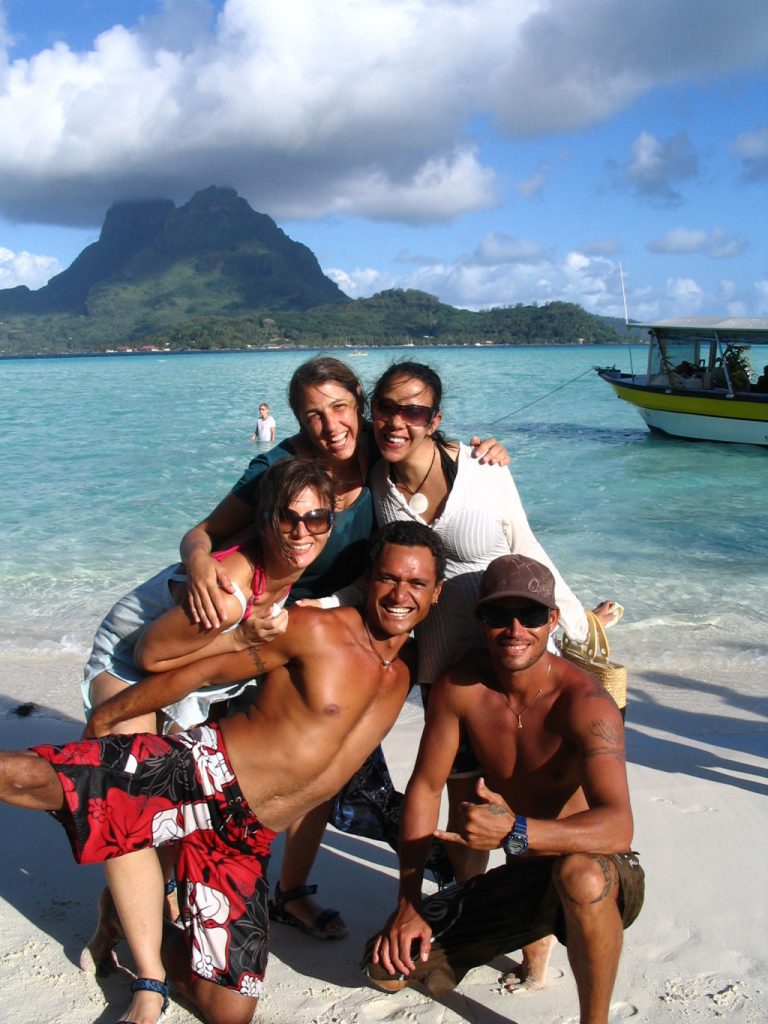
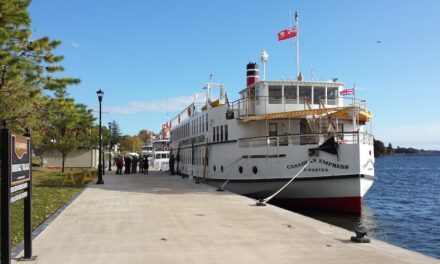









 HEIDI SARNA
HEIDI SARNA





